How to Make Images Under 50KB for Fast Loading
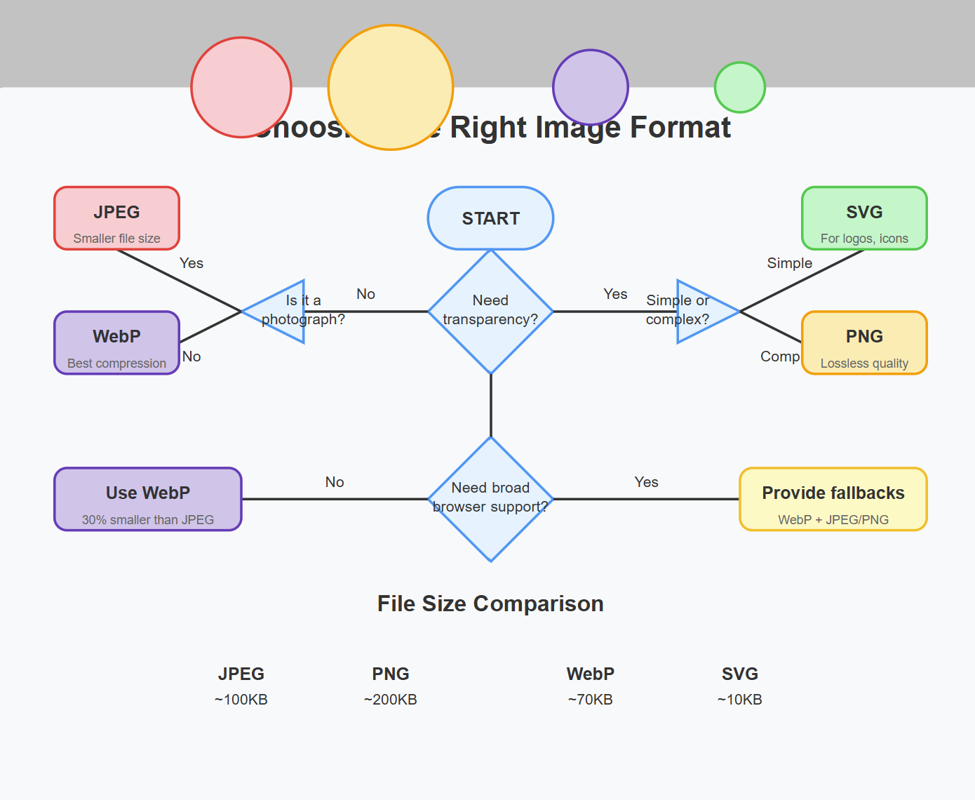
How to Make Images Under 50KB for Fast Loading
Understanding Image Compression: The Key to Lightning-Fast Websites
In today's high-speed digital world, waiting for a webpage to load feels like an eternity. Did you know that images typically account for over 50% of a website's total size? The difference between a 500KB image and a 50KB image can mean the difference between a visitor staying on your site or bouncing away in frustration.
Why Image Size Matters
When visitors land on your website, you have approximately 3 seconds to capture their attention before they decide to leave. Large images slow down your site, leading to:
- Higher bounce rates
- Lower conversion rates
- Decreased search engine rankings
- Poor user experience, especially on mobile devices
Who Needs Compressed Images?
- Bloggers seeking faster page load times
- E-commerce site owners wanting to showcase products without sacrificing speed
- Web developers optimizing for performance
- Social media managers creating shareable content
- Email marketers ensuring newsletters load quickly
The Step-by-Step Guide to Creating Sub-50KB Images
1. Choose the Right File Format
Different image formats serve different purposes:
| Format | Best For | Compression Type |
|---|---|---|
| JPEG | Photographs, complex images | Lossy |
| PNG | Graphics with transparency | Lossless |
| WebP | Modern alternative with better compression | Both |
| SVG | Vector graphics, logos, icons | Lossless |
2. Resize Your Images Appropriately
One of the biggest mistakes is uploading images at dimensions much larger than needed.
Before compression:
- Determine the maximum display size needed
- Resize the image to those exact dimensions
- Remember: a 2000px wide image displayed at 500px is wasteful
3. Use Compression Tools
Online Tools:
- TinyPNG/TinyJPG
- Squoosh
- ImageOptim (Mac app)
- ShortPixel
Software Options:
- Adobe Photoshop's "Save for Web" feature
- GIMP's export options
- Affinity Photo's export persona
4. Implement Progressive Loading
Progressive JPEGs load in stages, showing a lower-quality version first before filling in the details. This creates a better user experience even when images are still loading.
5. Embrace Modern Formats
WebP images are approximately 30% smaller than comparable JPEGs while maintaining similar quality. Consider offering WebP with fallbacks for older browsers.
Expert Tips for Ultra-Compressed Images
- Remove metadata: Strip unnecessary EXIF data from your images
- Use appropriate quality settings: 70-80% quality is often indistinguishable from 100%
- Consider selective blur: Slightly blur backgrounds while keeping subjects sharp
- Limit color palettes: Reduce colors in simple graphics
- Use CSS effects instead of images when possible
Real-World Example: Before and After
Let's look at a practical example of optimizing a product image:
Original image:
- Resolution: 4000 × 3000 pixels
- File size: 3.2MB
- Format: JPEG (100% quality)
After optimization:
- Resized to 800 × 600 pixels
- Converted to WebP
- Quality reduced to 75%
- Metadata removed
- Final size: 42KB (98.7% reduction!)
Common Questions About Image Compression
Will compressing images reduce their quality?
Lossy compression does reduce quality, but when done properly, the difference is barely noticeable. The key is finding the balance between acceptable quality and file size.
How small should my images be?
Aim for under 100KB for large hero images and under 50KB for standard content images. Icons should be under 10KB when possible.
Can I batch compress multiple images?
Yes! Tools like ImageOptim, ShortPixel, and many WordPress plugins allow batch processing of multiple images at once.
Should I compress images before uploading to WordPress?
Ideally, yes. While WordPress and plugins can compress images, pre-optimizing gives you more control over the output quality and ensures faster uploads.
Are there any downsides to image compression?
Excessive compression can lead to visible artifacts, color banding, and loss of detail. Always preview your compressed images before publishing.
For Different Audiences
For Bloggers:
Focus on creating a streamlined workflow for image optimization. Consider templates in Canva or other design tools that already use optimized dimensions for your blog.
For E-commerce:
Product images need to balance quality with speed. Consider using zoom features for detailed views rather than serving massive images by default.
For Web Developers:
Implement responsive images using the srcset attribute to serve different-sized images based on screen size. Consider lazy loading for images below the fold.
How Compressed Images Benefit Your Social Media Strategy
Optimized images improve engagement across platforms:
- Instagram: Faster loading in feeds means less scrolling past
- Pinterest: Optimized images get more pins and visibility
- Twitter: Compressed images load instantly, increasing engagement
- Facebook: Faster loading leads to better ad performance
Tools for Creating Infographics Under 50KB
- Canva with custom export settings
- Piktochart with optimization features
- Venngage with compression options
- Adobe Express with size controls
Conclusion: Speed Up Your Digital Presence Today
Image compression isn't just a technical optimization—it's an essential part of creating a positive user experience. By implementing the strategies outlined in this guide, you can dramatically improve your website's loading speed while maintaining visual quality.
Remember: every second counts in the digital world. Make those kilobytes work for you!
Recommended For You
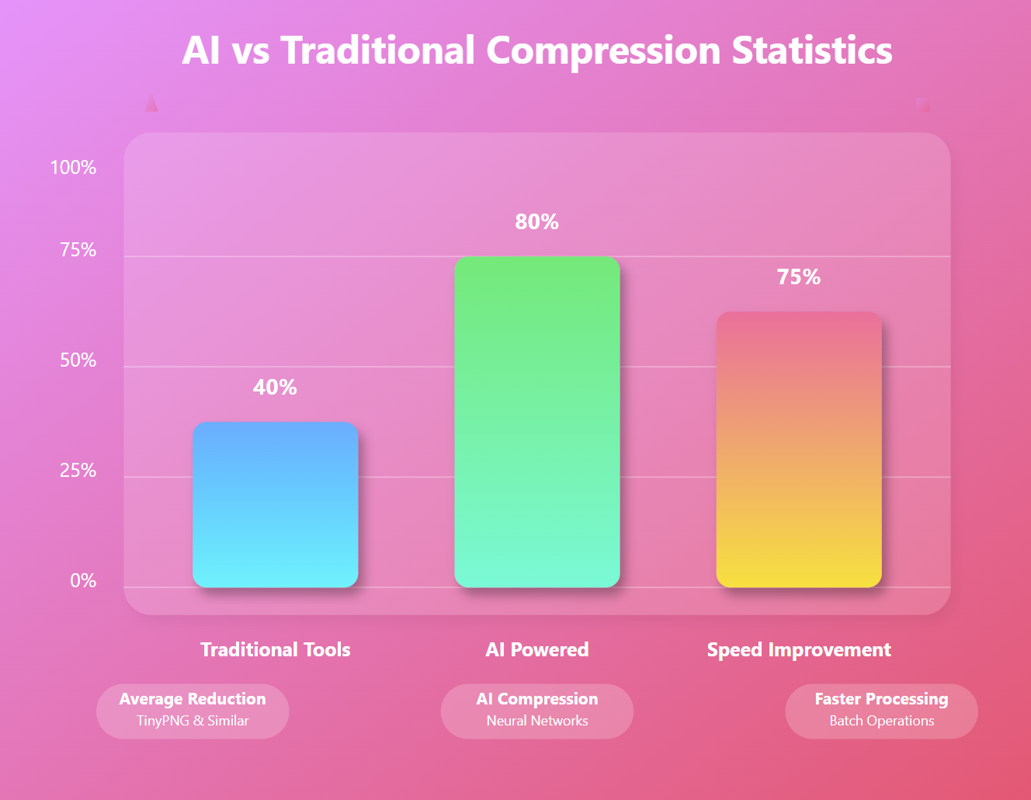
AI Image Compression: How It Works & Best Tools in 2025
AI Image Compression: How It Works & Best Tools in 2025 &n…
Read Now
Lazy Loading Images: Does It Really Boost Performance?
Lazy Loading Images: Does It Really Boost Performance? Have you ev…
Read Now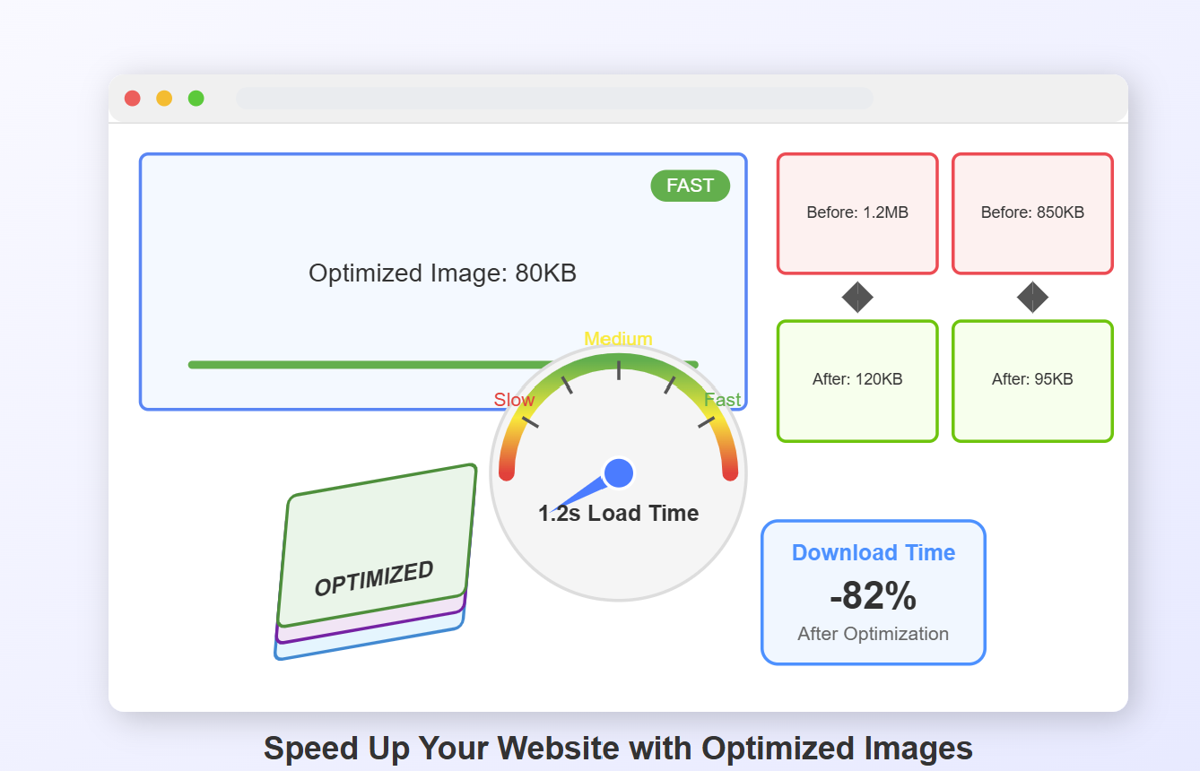
How to Optimize Images for Faster Website Loading
How to Optimize Images for Faster Website Loading Have you ever ab…
Read Now
JPEG, PNG, or WebP? Best Image Format for SEO
JPEG, PNG, or WebP? Best Image Format for SEO Introduction: …
Read NowLatest Articles

AI Image Compression: How It Works & Best Tools in 2025
AI Image Compression: How It Works & Best Tools in 2025 Picture this: you've just fi…

Lazy Loading Images: Does It Really Boost Performance?
Lazy Loading Images: Does It Really Boost Performance? Have you ever found yourself impatiently staring at…

How to Optimize Images for Faster Website Loading
How to Optimize Images for Faster Website Loading Have you ever abandoned a website because it was taking …

JPEG, PNG, or WebP? Best Image Format for SEO
JPEG, PNG, or WebP? Best Image Format for SEO Introduction: Why Image Formats Matter for Your SEO St…
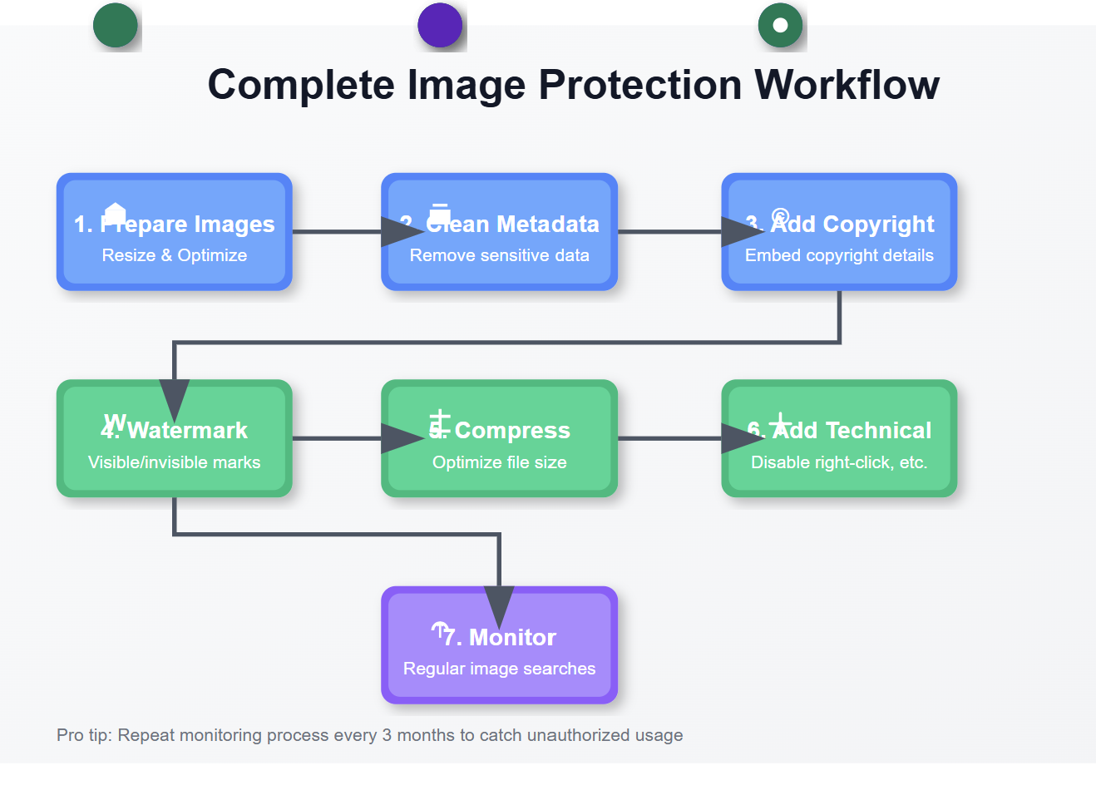
7 Ways to Protect Your Images from Copyright Theft
7 Ways to Protect Your Images from Copyright Theft In today's digital landscape, images have become the currency…
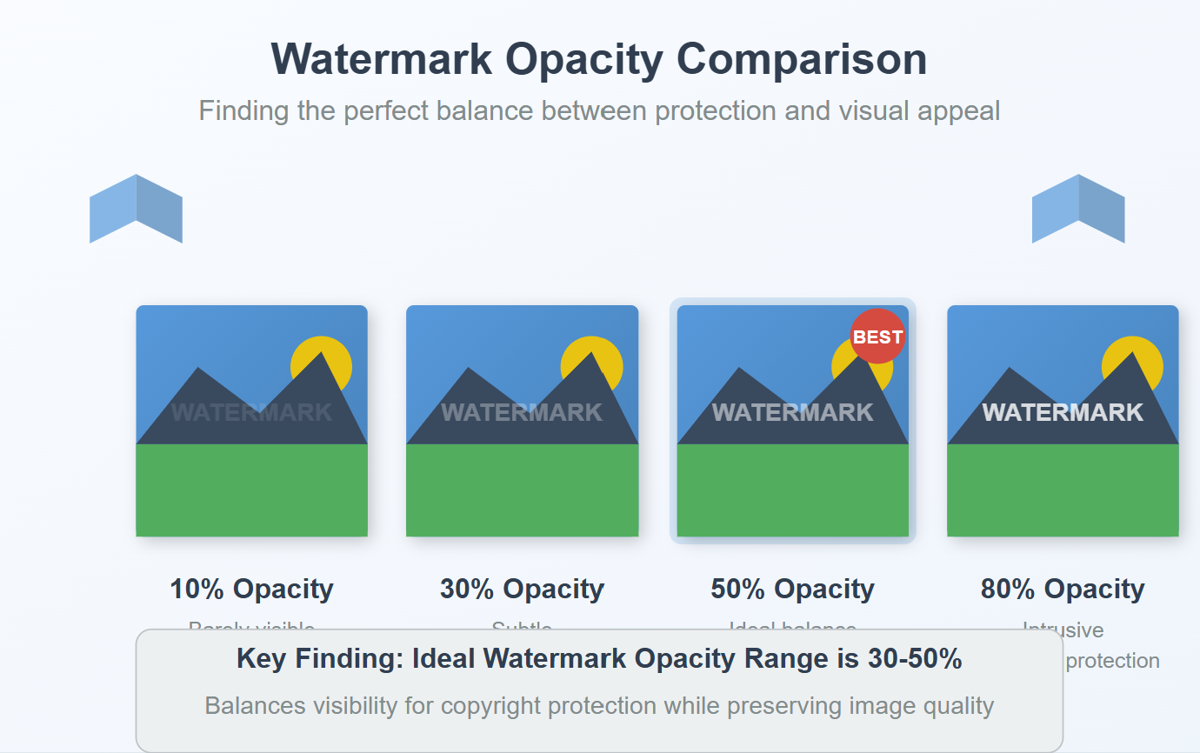
How to Add a Transparent Watermark (Without Ruining Quality)
How to Add a Transparent Watermark (Without Ruining Quality) Introduction: Protecting Your Visual Content Have yo…
Never Miss an Update
Subscribe to our newsletter and stay updated with the latest blog posts and tech trends.